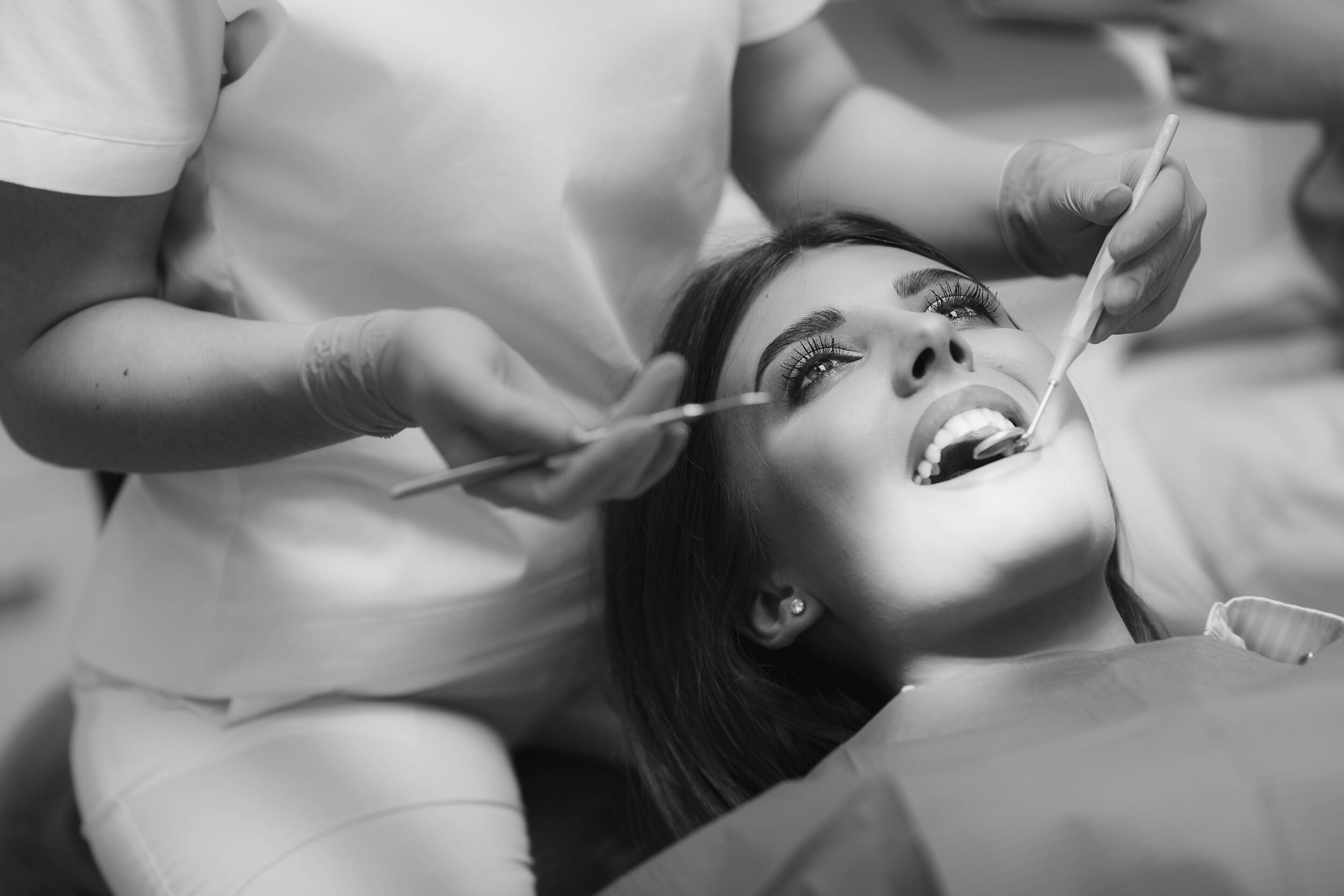
Preventative Care
FAQs
> Preventative Care
How can I make my smile more attractive?
- Keep it clean. Actually, one of the best things you can do to maintain an attractive smile is to brush and floss daily to remove bacterial plaque. Consistent oral hygiene offers a “twofer”: It removes the plaque that can dull your teeth, and it lowers your risk of dental disease that could also foul up your smile. In addition to your daily oral hygiene routine at home, professional teeth cleanings are necessary to get at those hard-to-reach spots you miss with your toothbrush and floss and to remove tartar (calculus) that requires the use of special tools.
- Brighten things up. Even with dedicated hygiene, teeth may still yellow from staining and aging. But teeth-whitening techniques can put the dazzle back in your smile. In just one visit to the dental office, it's possible to lighten teeth by up to ten shades for a difference you can see right away. It's also possible to do teeth whitening at home over several weeks using custom-made trays that fit over your teeth and safe whitening solutions that we provide.
- Hide tooth flaws. Chipped, stained or slightly gapped teeth can detract from your smile. But bonding or dental veneers, thin layers of porcelain custom-made for your teeth, mask those unsightly blemishes. Minimally invasive, these techniques can turn a lackluster smile into one that gets noticed.
- Straighten out your smile. Although the main goal for orthodontically straightening teeth is to improve dental health and function, it can also give you a more attractive smile. And even if you're well past your teen years, it's not too late: As long as you're reasonably healthy, you can straighten a crooked smile with braces or clear aligners at any age.
Which oral habits are healthy?
- Brushing. You probably brush your teeth every day already, but are you doing it correctly? To get the most benefit from this healthy habit, brush twice each day for a full two minutes each time. Use a soft-bristled toothbrush with toothpaste that contains fluoride, and don’t scrub too harshly!
- Flossing. Yes, it’s worth the effort! If you don’t floss, you’ll miss cleaning about 40% of your tooth surfaces. A toothbrush just can’t reach in between teeth, where decay-causing dental plaque can hide. If you find dental floss difficult to work with, try using disposable floss holders.
- Regular Dental Checkups. Keep up a regular schedule of professional teeth cleanings and exams! This allows us to remove any hardened dental plaque (tartar) that has built up on your teeth, screen you for oral cancer, and treat minor dental problems before they become major ones. Plus, it’s a great opportunity to review your at-home oral hygiene.
Which habits risk oral health?
- Smoking. As if oral cancer weren’t enough to worry about, smoking also promotes gum disease and tooth loss. According to the U.S. Centers for Disease Control, smokers have double the risk of gum disease compared to nonsmokers. And according to the Academy of General Dentistry, smokers are about twice as likely to lose their teeth as nonsmokers. For help quitting, visit smokefree.gov.
- Snacking. Nibbling all day can create the perfect conditions for tooth decay—especially if your snacks contain sugar and other carbohydrates. Sticky snacks like cookies, crackers, chips and candy bars that cling to teeth tend to remain in the mouth and attract decay-causing oral bacteria. The acid these bacteria produce can penetrate the enamel of your teeth, causing cavities.
- Soft Drinks. Speaking of tooth-eroding acid, soft drinks have plenty of it. And this includes both regular and diet varieties of soda, sweetened iced tea, sports drinks and so-called energy drinks. The healthiest drink for your teeth is water!
> What are sealants?
Sealants are topical fluoride applications performed in the dentist office that can provide added protection from tooth decay.
> Periodontal Therapy
What are the early symptoms of gum disease?
The good news is, there are warning signs. Before you get periodontal disease, you will typically have gum disease, a condition which can be reversed because it only involves soft tissue. When you have gum disease, you may notice that your gums are:
- Irritated and red
- Swollen and puffy with loss of normal contours
- Painful, especially when you eat, brush, or floss
- Bleeding, especially when you brush and floss
What can I do to prevent gum disease?
If you are experiencing any of the signs and symptoms of gum disease, it’s time to take action to reverse the disease and make your smile healthy again. Make sure you start a program of excellent oral care, which should include:
- Brushing after meals and before bed
- Flossing at least once each day
- Visiting your dentist and dental hygienist regularly for dental exams and professional cleanings
What are the symptoms of peridontal disease?
If gum disease goes untreated, it can turn into periodontal disease, involving the destruction of bone, connective tissue, fibers, and ligaments which support your teeth and your smile. Once the hard tissues are also involved, you have periodontal disease, and you will experience signs and symptoms like these:
- Receding gums, making your teeth look longer due to exposed tooth roots
- Sensitive teeth, because of the increased amount of root exposure
- Spaces appearing between your teeth and a difference in your bite
- Your teeth feeling loose, especially when you eat
- Increased bleeding or drainage from your gums
- Chronic bad breath and a sour taste in your mouth
